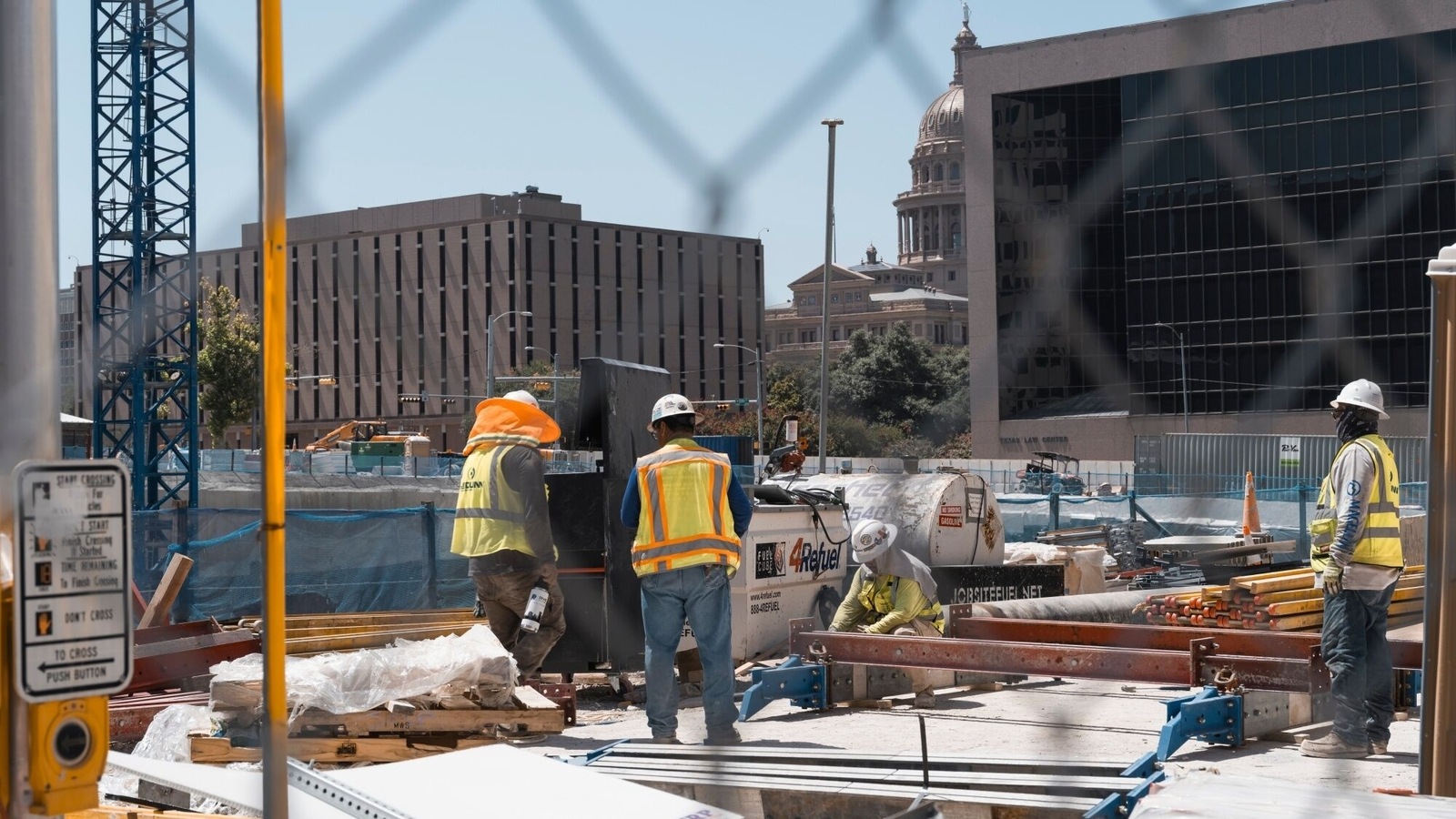Jobs
US labour market generates 206,000 jobs in June, unemployment rate increases to 4.1%

The United States added 206,000 jobs in June, which was less than the previous month but still more than predicted.
According to the Bureau of Labor Statistics’ report released on Friday, the US unemployment rate increased slightly from 4 percent to 4.1 percent, hitting its highest level since November 2021, which is another indication that the labor market is still cooling down.
Moreover, 206,000 jobs created by the US economy market is more than the 190,000 forecast by economists.
The number of new jobs added in June was slightly less than that of May, when job growth was trimmed down to 218,000 on Friday from the 272,000 first reported last month.
Meanwhile, stock witnessed a surge, extending gains made earlier this week when the market reached record highs amid a plethora of less-than-expected economic data, including inflation assessments that indicate the United States is returning to a “disinflationary path,” as stated by Federal Reserve Chair Jerome Powell.
The report released on Friday also showed that wage growth, a crucial indicator of inflation pressures, had slowed to 3.9 percent annually. Wages rose by 0.3 percent on a monthly basis, which is less than last month’s 0.4 percent gain.
US government sector sees largest job increase
In the meantime, the rate of labor force participation increased from previous month’s 62.5 percent to 62.6 percent
In Friday’s data, the government employment sector saw the biggest job growth, adding 70,000 jobs in June. Healthcare employment grew by 49,000 positions, less than the 64,000 jobs that were added each month on average over the previous 12 months.
Ahead of Friday’s report release, investors were pricing in two interest rate reductions this year, with the first one to take place most likely in September.
Investors are factoring in a nearly 75 percent possibility that the Fed will lower rates in September, according to the CME FedWatch Tool. The Fed projections of last month shows that 2024 would probably see one rate cut.
Some economists, including Neil Dutta, head of economics at Renaissance Macro, believe that the Friday data enhances the case that Fed may cut interest rate cuts in near future.
“Economic conditions are cooling and that makes the trade-offs different for the Fed…Powell should use July to set up a September cut,” Dutta stated in a client note, as per Yahoo Finance.









